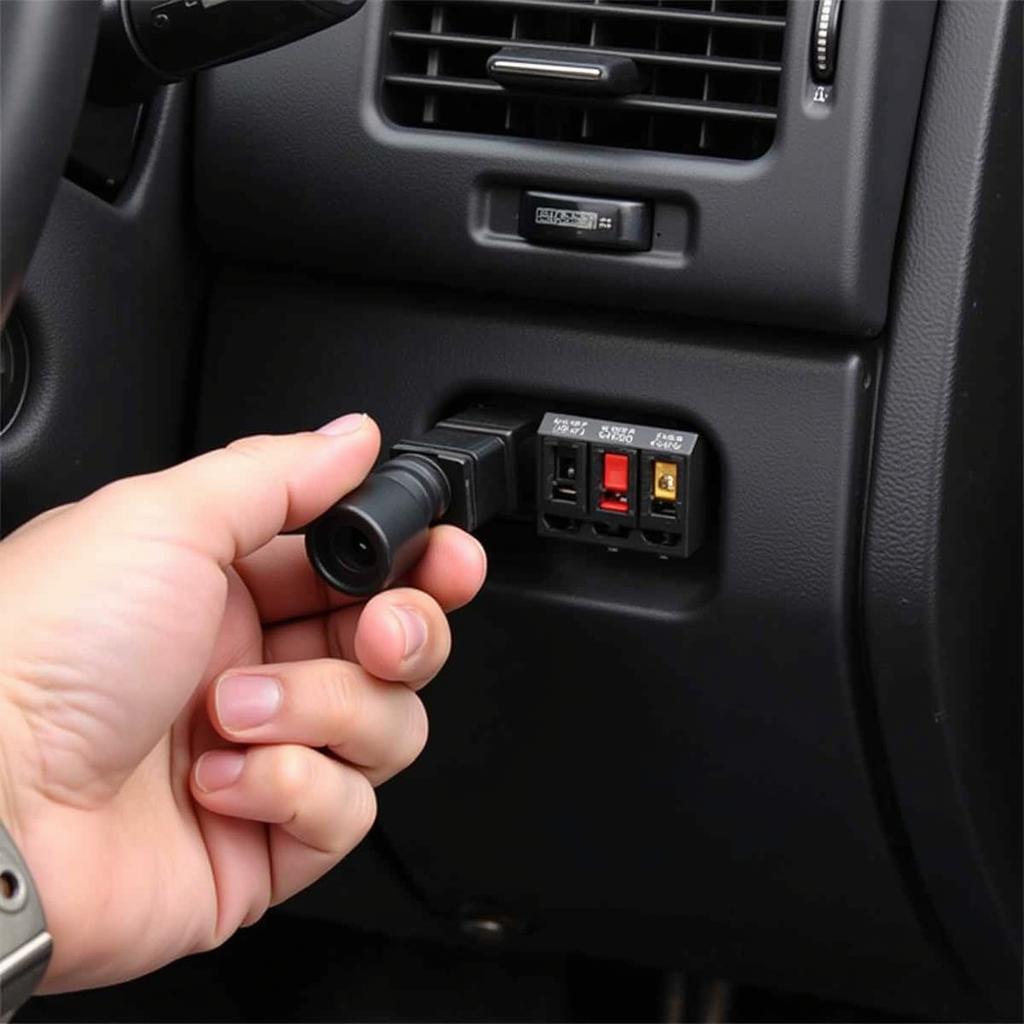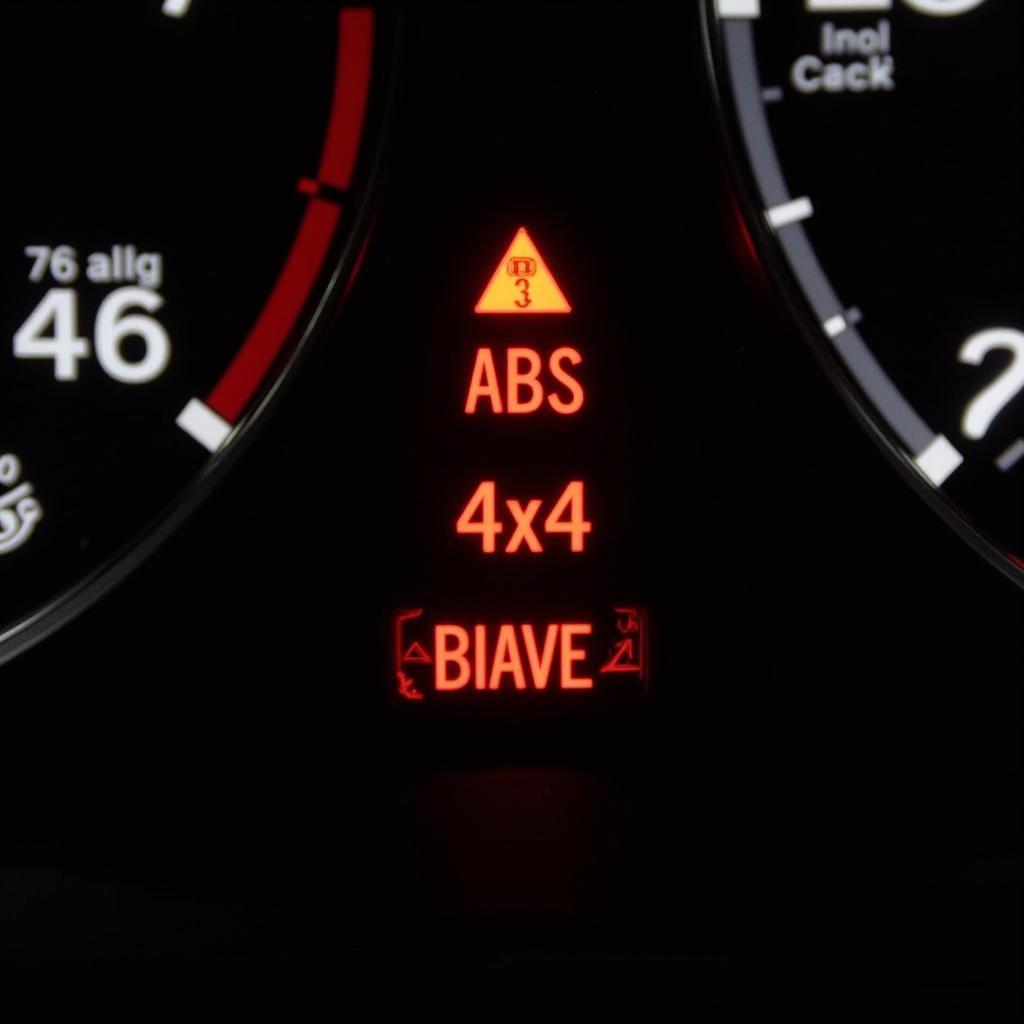The brake pad warning light on your 2013 VW Jetta S is a crucial indicator that lets you know when your brake pads are getting thin and need replacement. When this light comes on, it’s important to address the issue promptly to prevent further damage to your brakes.
In this article, we’ll guide you through the process of resetting the brake pad warning light on your 2013 VW Jetta S. While this process may seem intimidating, it’s actually quite straightforward and can be done by most car owners with basic mechanical skills.
Understanding the Warning Light
The brake pad warning light on your Jetta S is usually a yellow icon that resembles a brake caliper with an exclamation mark inside. It’s important to note that this light might illuminate for reasons other than worn brake pads, such as a malfunctioning sensor or electrical issue.
How to Reset the Brake Pad Warning Light
To reset the brake pad warning light, you’ll need a few tools:
- A flathead screwdriver
- A socket wrench
Here’s a step-by-step guide:
- Park your car on a level surface and engage the parking brake.
- Locate the brake pad sensor on your car’s front wheels. The sensor is usually located behind the brake pad, and it’s a small, plastic wire with a metal connector.
- Disconnect the sensor by gently pulling it out of the connector.
- Use a flathead screwdriver to carefully pry the brake pad sensor out of its position.
- Clean the sensor with a piece of cloth to remove any dirt or debris.
- Reconnect the sensor to its connector.
- Use a socket wrench to tighten the sensor bolt back into place.
- Start the engine and test the brakes several times.
- If the light remains on, repeat the process above. If it doesn’t turn off, it’s best to have your car inspected by a mechanic.
Important Note: If you have difficulty resetting the brake pad warning light, it’s highly recommended that you consult a qualified mechanic to ensure proper brake function and safety.
Why You Should Reset the Brake Pad Warning Light
Resetting the brake pad warning light is crucial for a couple of reasons:
- Safety: The warning light serves as a critical alert, so it’s essential to acknowledge it.
- Troubleshooting: By resetting the light, you can determine if the problem lies with the sensor or the actual brake pads.
- Maintenance: Regularly resetting the warning light can help you stay on top of your brake pad maintenance and ensure optimal brake performance.
“If you’re not comfortable working on your car, it’s always best to err on the side of caution and seek professional help,” advises [Expert Name], a seasoned automotive technician. “It’s better to be safe than sorry when it comes to your brakes.”
Common Questions
Q: How often should I check my brake pads?
A: It’s generally recommended to check your brake pads every 6 months or 5,000 miles, whichever comes first.
Q: What are the signs of worn brake pads?
A: Besides the warning light, worn brake pads can manifest in:
- Squeaking or grinding noise when braking
- A spongy brake pedal
- A longer stopping distance
Q: What happens if I don’t replace worn brake pads?
A: Neglecting worn brake pads can lead to:
- Damaged brake rotors: Worn brake pads can wear down the brake rotors, requiring replacement.
- Reduced braking performance: This could put you at risk of accidents.
- Further damage to your car: Worn brake pads can lead to damage to other parts of your brake system.
Q: How much does it cost to replace brake pads?
A: The cost of replacing brake pads can vary depending on the make and model of your car, as well as the type of brake pads you choose.
Q: How long do brake pads last?
A: Brake pad lifespan varies based on driving habits, driving conditions, and the quality of the brake pads.
Conclusion
Resetting the brake pad warning light on your 2013 VW Jetta S is a straightforward process that can be done with minimal effort. However, it’s essential to prioritize brake maintenance and address any warning signs promptly. By following our guide and seeking professional advice when necessary, you can ensure your brake system is in top condition for safe and reliable driving.


